2019 Technology Review: Cutting Tools
MoldMaking Technology’s 2019 Technology Review and Sourcing Guide offers some of the latest highlighted products and services from supplier companies from a variety of categories, including cutting tools.
MoldMaking Technology’s online database offers more than 1,000 manufacturers, distributors and suppliers for more than 200 product and service categories that you employ daily. To keep this information current, MoldMaking Technology surveys and updates its supplier database every spring with the latest company contact information and product/service offerings in our July Technology Review and Sourcing Guide.
Here are the some of the highlighted product/service offerings for cutting tools featured in MMT over the past year that were republished in our special July 2019 Technology Review and Sourcing Guide:
Interested in More on Cutting Tools?
Browse our entire database of moldmaking products in the products section. It includes a comprehensive list of product announcements provided by companies. You can browse to stay updated on the latest product offerings, or search for specific product information based on categories.
Looking for the most current information on moldmaking suppliers? Check out the Cutting Tools supplier database from our July 2019 Technology Review and Sourcing Guide.
Interested in more of the latest content on software or additive manufacturing from MoldMaking Technology? Be sure to check out the Cutting Tools Zone for the latest articles, blogs, products, news and videos.
Related Content
Building Molds: Most Popular Reads of 2024
Dive into the most-viewed content for building your mold, including topics such as cutting tools, EDM, hot runners, additive manufacturing, mold materials, machining and mold components.
Read MoreHow to Use Continuing Education to Remain Competitive in Moldmaking
Continued training helps moldmakers make tooling decisions and properly use the latest cutting tool to efficiently machine high-quality molds.
Read More6 Ways to Optimize High-Feed Milling
High-feed milling can significantly outweigh potential reliability challenges. Consider these six strategies in order to make high-feed milling successful for your business.
Read MorePrecision Meets Innovation at IMTS 2024
After attending IMTS, it's clear that the integration of advanced technologies is ready to enhance precision, efficiency and automation in mold manufacturing processes. It’s a massive event, so here’s a glimpse of what the MMT team experienced firsthand.
Read MoreRead Next
Are You a Moldmaker Considering 3D Printing? Consider the 3D Printing Workshop at NPE2024
Presentations will cover 3D printing for mold tooling, material innovation, product development, bridge production and full-scale, high-volume additive manufacturing.
Read MoreHow to Use Continuing Education to Remain Competitive in Moldmaking
Continued training helps moldmakers make tooling decisions and properly use the latest cutting tool to efficiently machine high-quality molds.
Read MoreReasons to Use Fiber Lasers for Mold Cleaning
Fiber lasers offer a simplicity, speed, control and portability, minimizing mold cleaning risks.
Read More.png;maxWidth=970;quality=90)







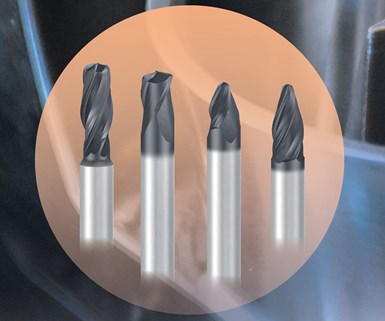
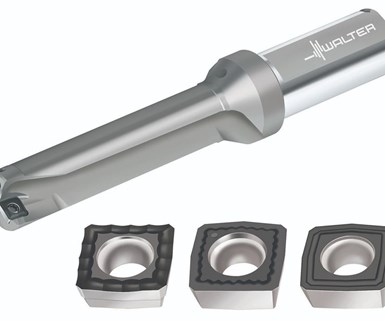
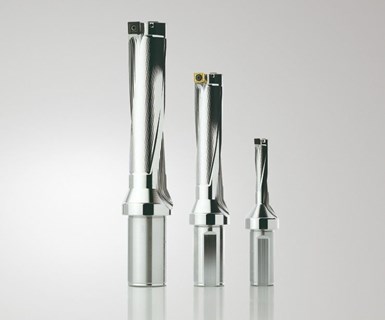
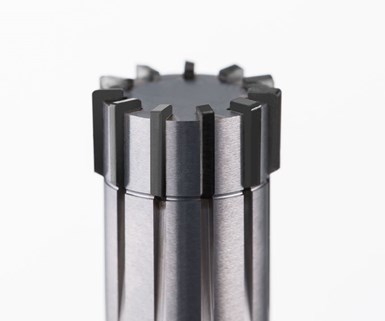
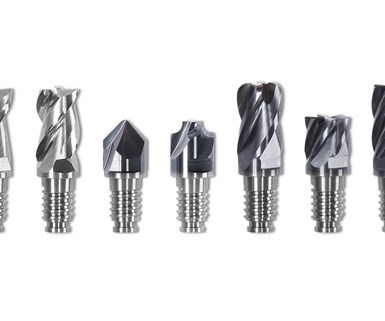





.png;maxWidth=300;quality=90)









